Today, we will be reviewing two popular trail shoes from Altra. These shoes have been a part of their trail running shoe collection for nearly a decade. While they share a few similarities, they are designed for different terrains, and the fit is a crucial factor in determining which shoe is the best choice for you.
At the end of this post, I am providing my simple formula to help you decide whether the Altra Lone Peak 8 or the Altra Superior 6 shoe is better for you!
Affiliate Disclosure: By clicking through the links on this page and purchasing the products, you’ll be helping me out. This is done because I receive a kickback from the sellers at no extra cost to you! Thank you so much for supporting us!
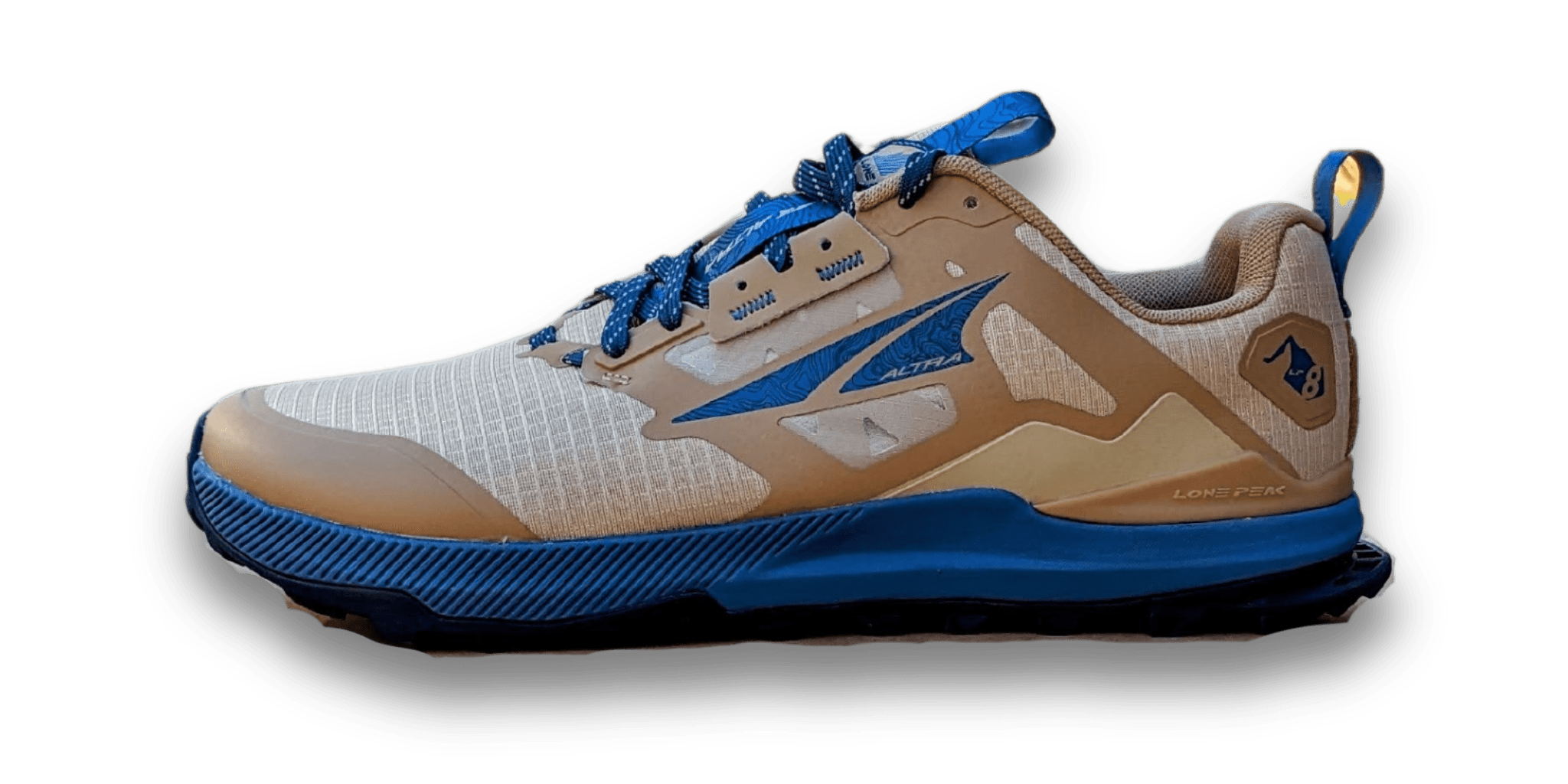
Altra Lone Peak 8
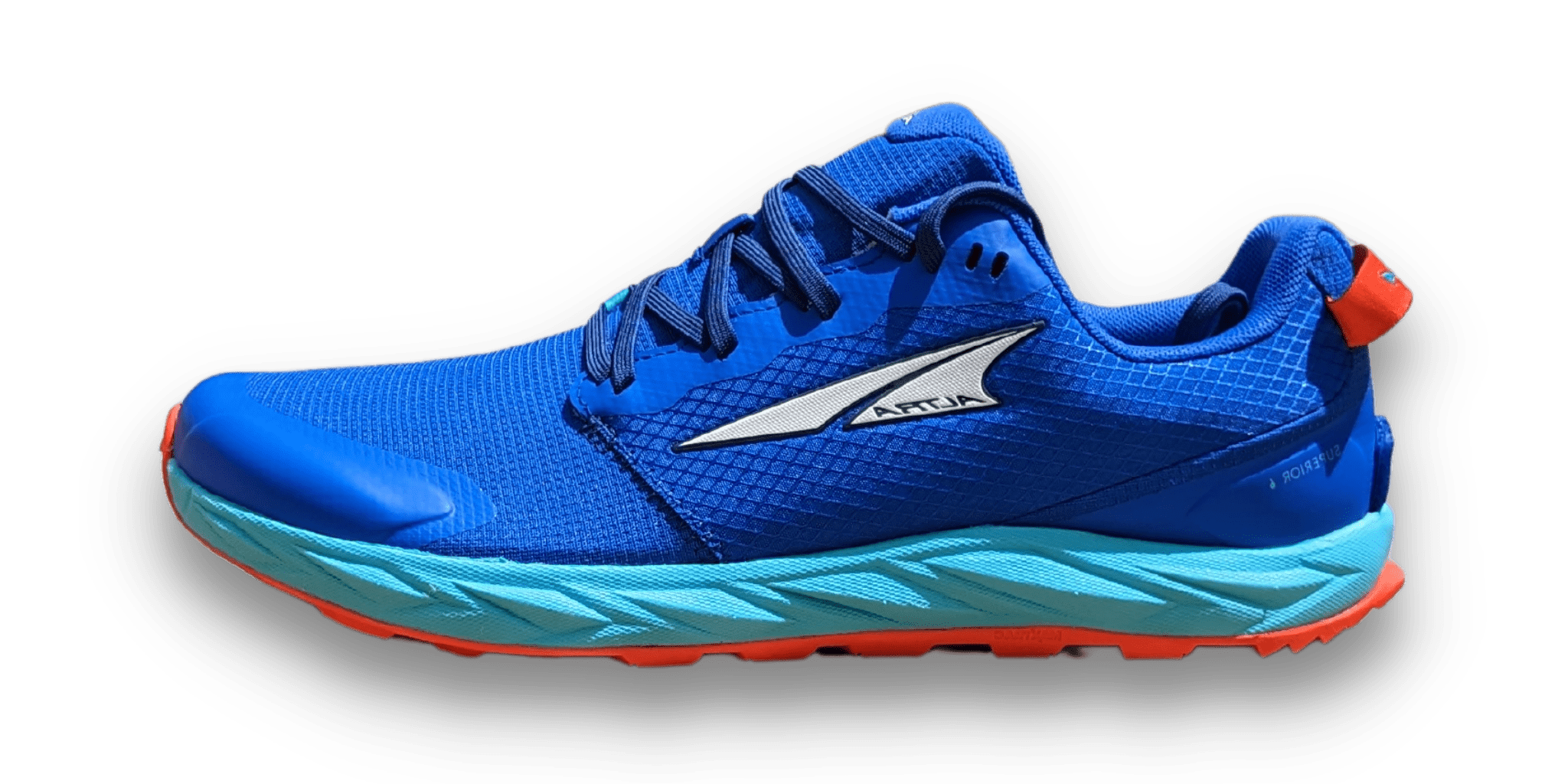
Altra Superior 6
The Lone Peak is one of the first shoes that made Altra big. The original wide, squishy slipper-like feel attracted many who were sick of ill-fitting, blister-inducing slabs of brick that the other brands offered at the time.
Now, with the Lone Peak 8, we’re looking at a much more mature design with features that outgun many rivals, yet they keep the core elements that shot the Lone Peak to stardom in the first place.
The updated welded overlays create a stiffer, more secure lockdown. It may soften with more usage, but the midfoot is not forgiving for those with wider feet. If the Lone Peak has ever felt snug to you in the past, I’d suggest switching to the wide version in the Lone Peak 8.
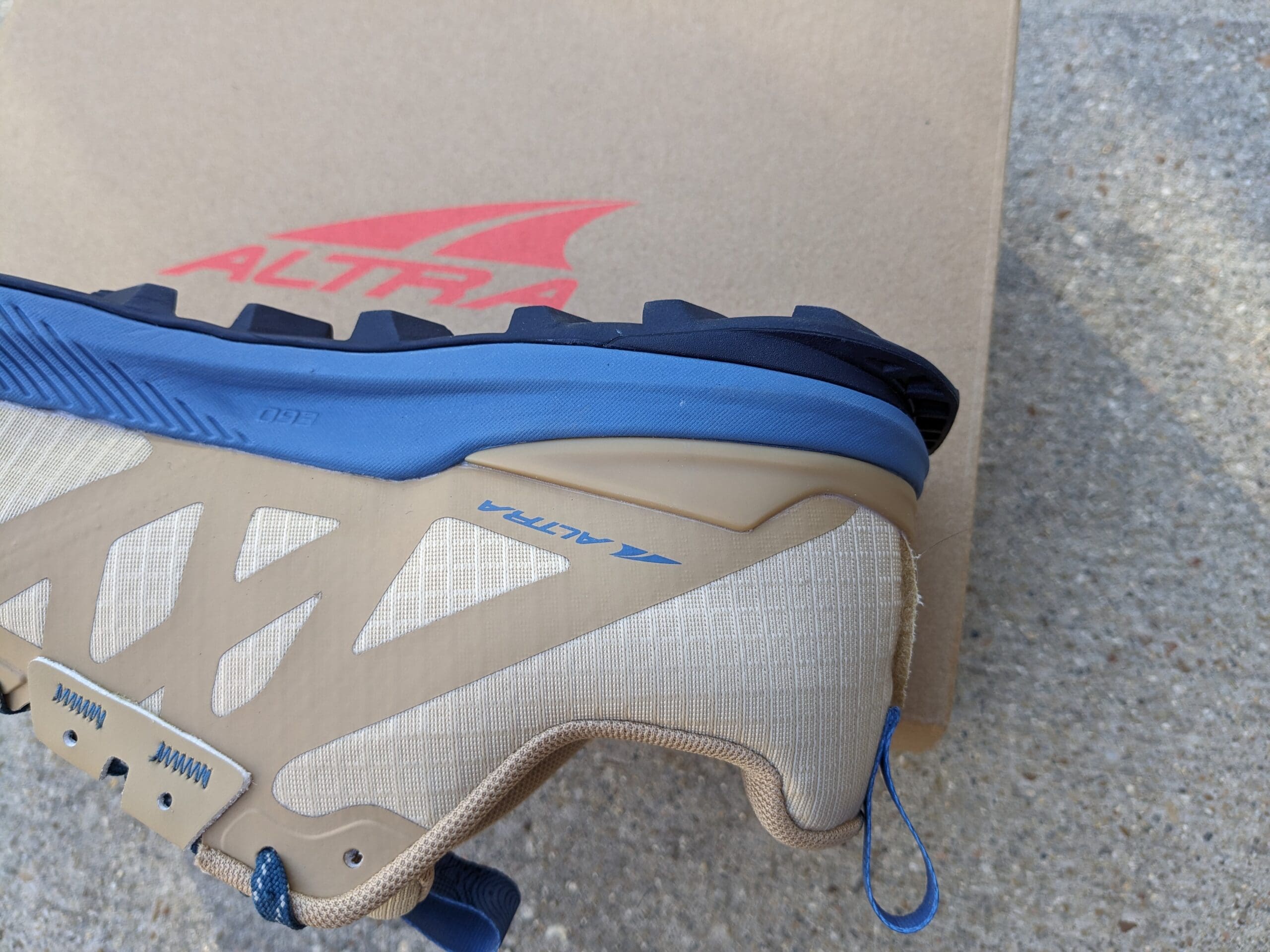
With a stack height of 25mm, it’s not a maximal shoe, nor is it a minimal shoe. 25mm will soften the blow of any pointy rocks you happen to stand on and is just under that limit where I feel a trail shoe becomes unstable. The midsole may not be as squishy as it used to be, but that’s good for durability.
The new super grippy outsole is a welcomed upgrade in the Lone Peak 8. Before version 7, I always wished for a Vibram outsole on the Lone Peaks, but Altra decided to update their MaxTrac rubber last year, and the results are fantastic! Both the Superior and the Lone Peak now have this new rubber, and it’s equally good on both.
Amazon.com
Lone Peak 8
(free returns)
The Superior is the most minimal trail running shoe from Altra and is little changed throughout the years.
It boasts a flat and comfortable shell for your foot, with just enough cushioning. If you’re seeking a speedy racing shoe that still provides enough ground feel to navigate rocky terrain easily, this lightweight option should be at the top of your list.
Even though the Superior is classed as a Standard (medium) fit, it still feels as wide as the Lone Peak. I’ve long dismissed Altra’s fit classification due to its inaccuracies. I can run in some “slim” (narrowest) fit shoes, and I can easily fill out the “original” (widest) fit shoes. And even though the Superior sits right in the middle of the range, it still feels plenty wide enough for my wide midfoot. I even prefer it to the Lone Peak.
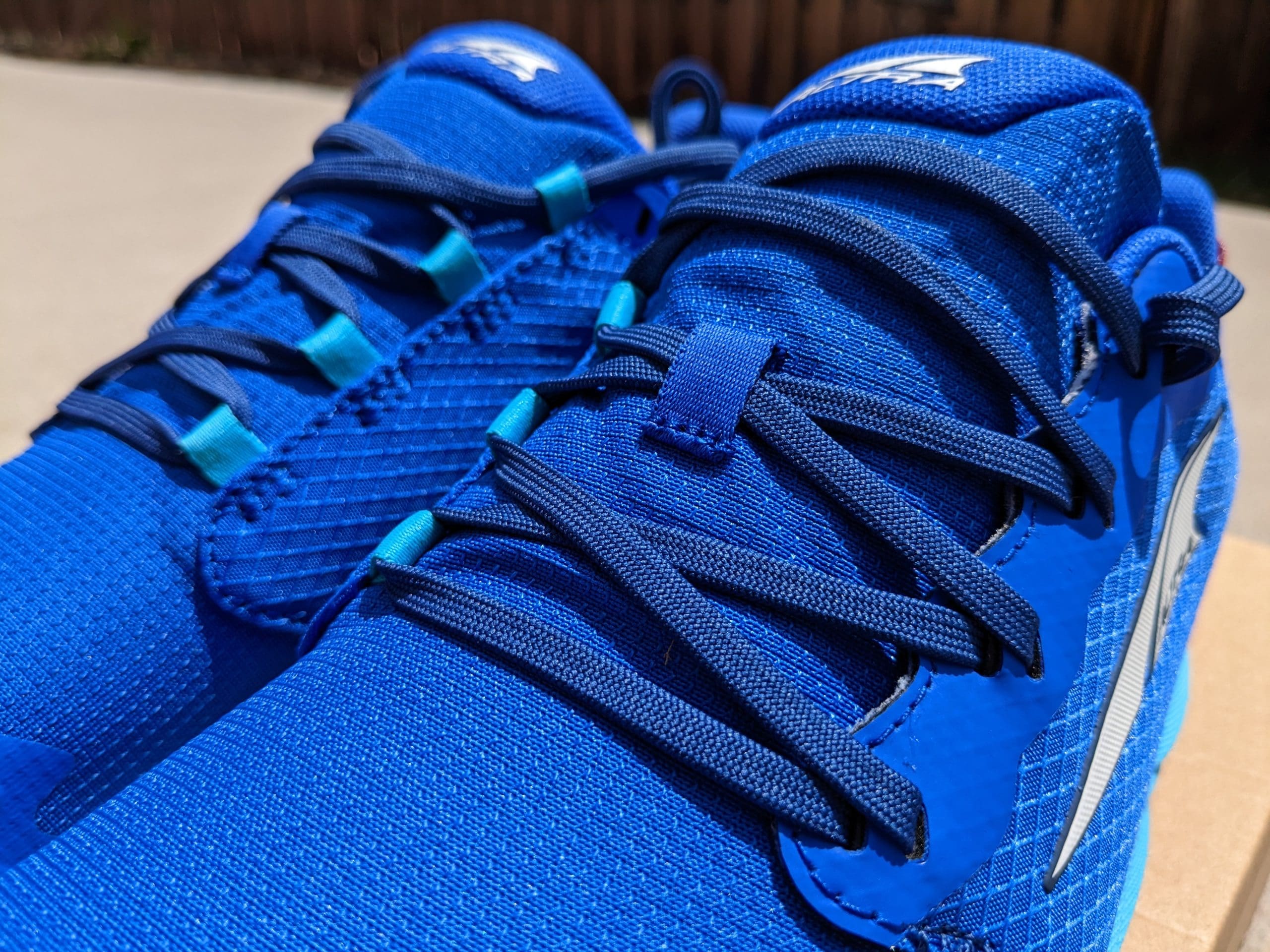
The Superior 6 now uses Altra’s Ego midsole, which provides a different feel from past models. The soft, squishy Quantic midsole is long gone, which is likely a good thing. It was so soft it broke down fairly quickly. I barely got 300km from my old Superior 5’s before they felt shot (I still kept using them, though!). The removable rock plate in version 6 is gone, but with the Ego midsole, sharp rocks haven’t been a problem for me.
With a slightly thicker upper, the use of the Ego midsole, and the new MaxTrac rubber, I’m hoping to get the Superior 6 to 500 miles. Most of the changes seen in version 6 are geared toward durability. And that’s for a good reason. To compete in the running shoe market, trail running shoes should last through a good ultra-running training plan! And that means 100’s of miles. I’d love to see 1000s one day!
The shoe is not deep! So if you’ve ever struggled slipping shoes on or burst out the top of shoes, the Superior is not for you! I’ve solved this in the past by switching out the insole for a thinner version. But this time, I’ve stuck with the original, and it does seem after 30km, it does pack down a little.
Amazon.com
Superior 6
(free returns)
Both shoes have the Altra DNA, so they’re similar, but there are features that split them apart –and we’re not just talking about the noticeable price difference.
Which Altra Shoe is for you?
Take a quick 4-question quiz to identify the perfect Altra running shoe for your feet! You'll get both road and trail options based on your answers!
Differences
Looking at a side-by-side comparison of the shoes highlights the differences fairly quickly. It all comes down to size and bulk.
Cushion
Can 4mm’s really make a difference? That’s right; the Lone Peak only has 4mm more cushion than the Superior. That sounds like nothing, but it’s a world of difference on a run.
If you like to feel the ground like I do, you need to strike a balance between enough cushion to take the edge off sharp rocks and less cushioning so you can feel the ground’s contours.

The Altra Lone Peak is said to have ground feel, but if I were being truthful, I think that’s not all true. The Superior has “some” ground feel, but it’s still difficult for your brain to perceive the textures beneath your feet.
That’s why I opt for the Superiors on steep, technical, rocky terrain and switch to thin, minimal trail shoes like the Xero Shoes Mesa Trail II on buffed-out trails.
Another drawback to high stack heights is the tendency to roll ankles.
Because your foot is higher off the ground, there’s a higher point to roll from. When you step on uneven rocky surfaces, you’re more likely to roll an ankle in the Lone Peak. But the differences are minimal between the two.
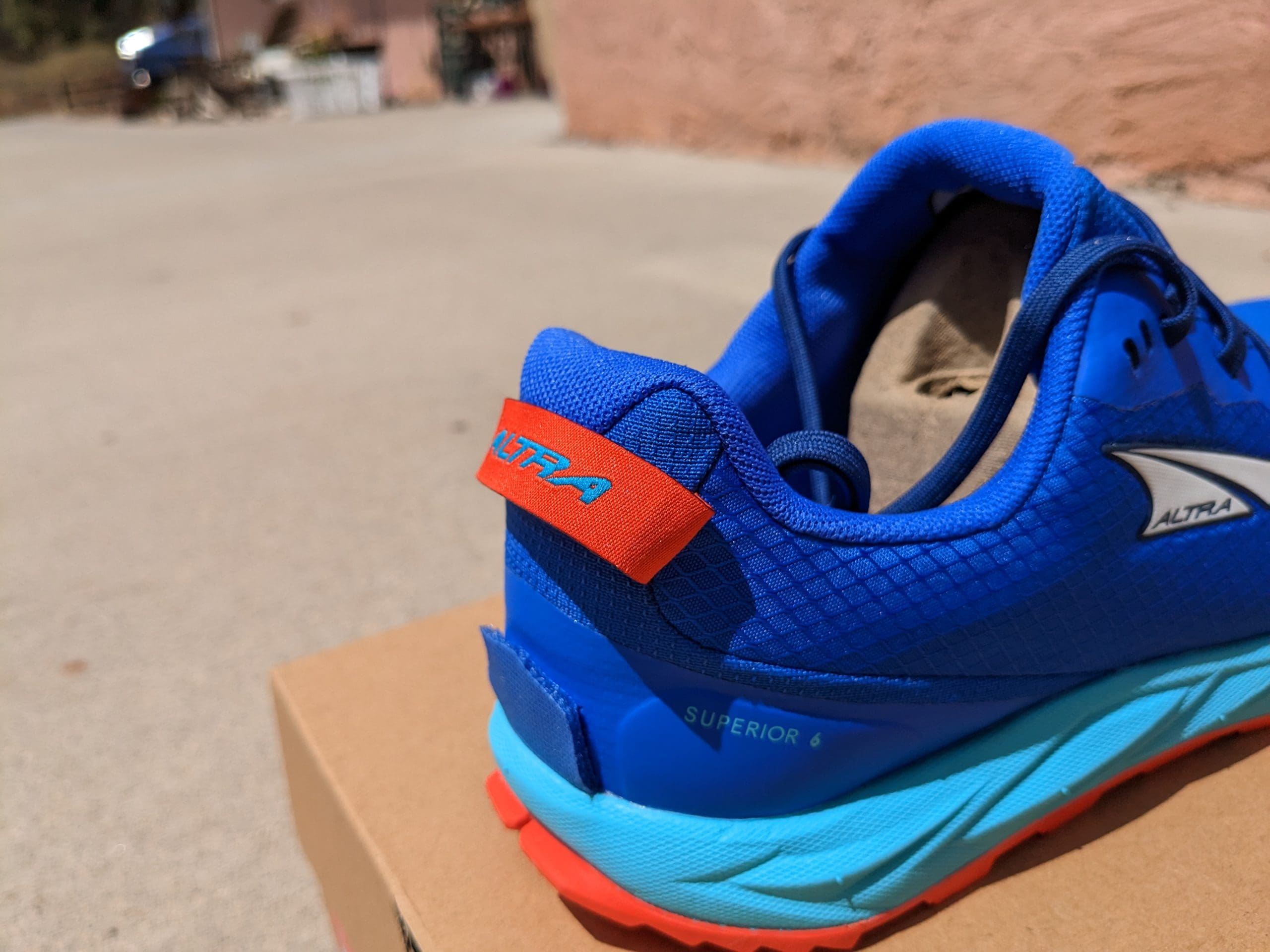
So what’s the advantage of the 25mm Lone Peak?
Some people find the extra cushion softer on their feet, especially when approaching Ultra distances or using the shoe as a long-distance hiker.
Because there’s more foam, the base is a little stiffer, and your foot rolls through your stride a little more, taking some of the stress off your feet and lower legs. But don’t be fooled; that stress has to go somewhere, often to the knees and hips.
It all depends on your body and foot strength.
Volume, Width, and sizing
With shoe sizing, we often have a number that we stick to. But how can a single number encompass all the differences in width, volume, and length that shoes can have? Well, it doesn’t.
Both shoes fit similarly in length, with the Superior allowing a few extra mm at the toes, but the differences come down to the width and depth.
Whereas both shoes have wide toe boxes, the midfoot area of the shoes is similar, but one feature changes that.
The overlays on the Lone Peak make the midfoot stiff.

It creates a great lockdown but also puts pressure on the outside of your foot if you’re pushing up against the edge.
The Superior is a softer material, and any pressure is minimal as the upper is forgiving.
Lucky for us, there is a wide option in the Lone Peak, so if you do have any midfoot discomfort, opt for the wide sizings.
Lastly, both shoes have lost depth over the years, which is better for the mass market, but that’s hard to fathom for the die-hard fans.
I would now class the Superiors as a shallow shoe and the Lone Peaks as average-depth shoes.
Again, if you need more depth, switch out the insoles for something thinner.
The other major difference is the depth of the two shoes.
Superiors are notoriously shallow. I even have to switch to a thin insole when I get a new pair because they’re so shallow. On the other hand, shallow may work for you!
The Lone Peaks, on the other hand, a much deeper. They’re almost too deep for me with an average depth foot. If you like to have a ton of room around the toes an the forefoot. The Lone Peak could work for you. Just remember, more room means a more sloppy ride. It’s all a balancing act.
Similarities
After identifying the differences between the shoes, let’s now focus on their similarities. In general, both shoes share a common theme. If you find one of them comfortable, the other will have a similar feel, with a few distinct characteristics.
Flexibility and Structure
Neither of these are minimal shoes. They both hold far too much cushion to be given that name, but in many other aspects, they are close to a barefoot feel, and that’s why they’re on this site in the first place!
You can flex the shoes in every which way you’d like. There’s a little resistance due to the amount of cushion, but no structural components inhibit the ability to utilize your foot naturally.
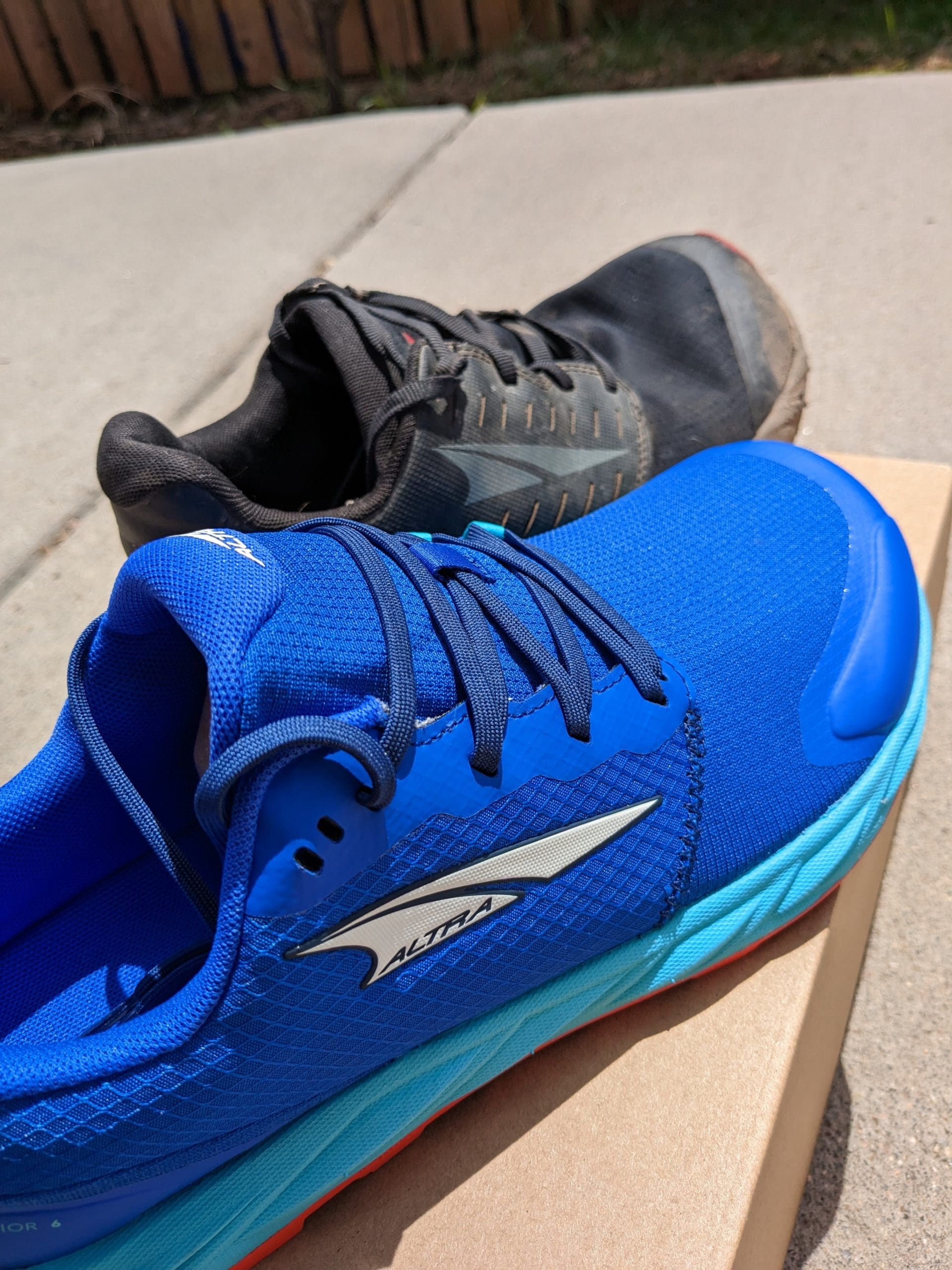
Looking to the heel, the Lone Peak now has some internal and external structure (please, there’s no need Altra!), but it doesn’t seem to affect the feel significantly.
And in the Superior, there’s almost no structure at all.
That means if you’re coming from a stable shoe like the Brooks Adrenaline or Hoka Stinson, then these may not be the Altras for you. Instead, I’d suggest looking at the Altra Olympus and the new Timp.
Outsole
In a side-by-side comparison, the Lone Peak and Superior appear to have very different outsoles. But in actual fact the performance is similar.
Both shoes use Altra MaxTrac rubber, which, as I mentioned previously, is much improved from previous versions of both shoes!
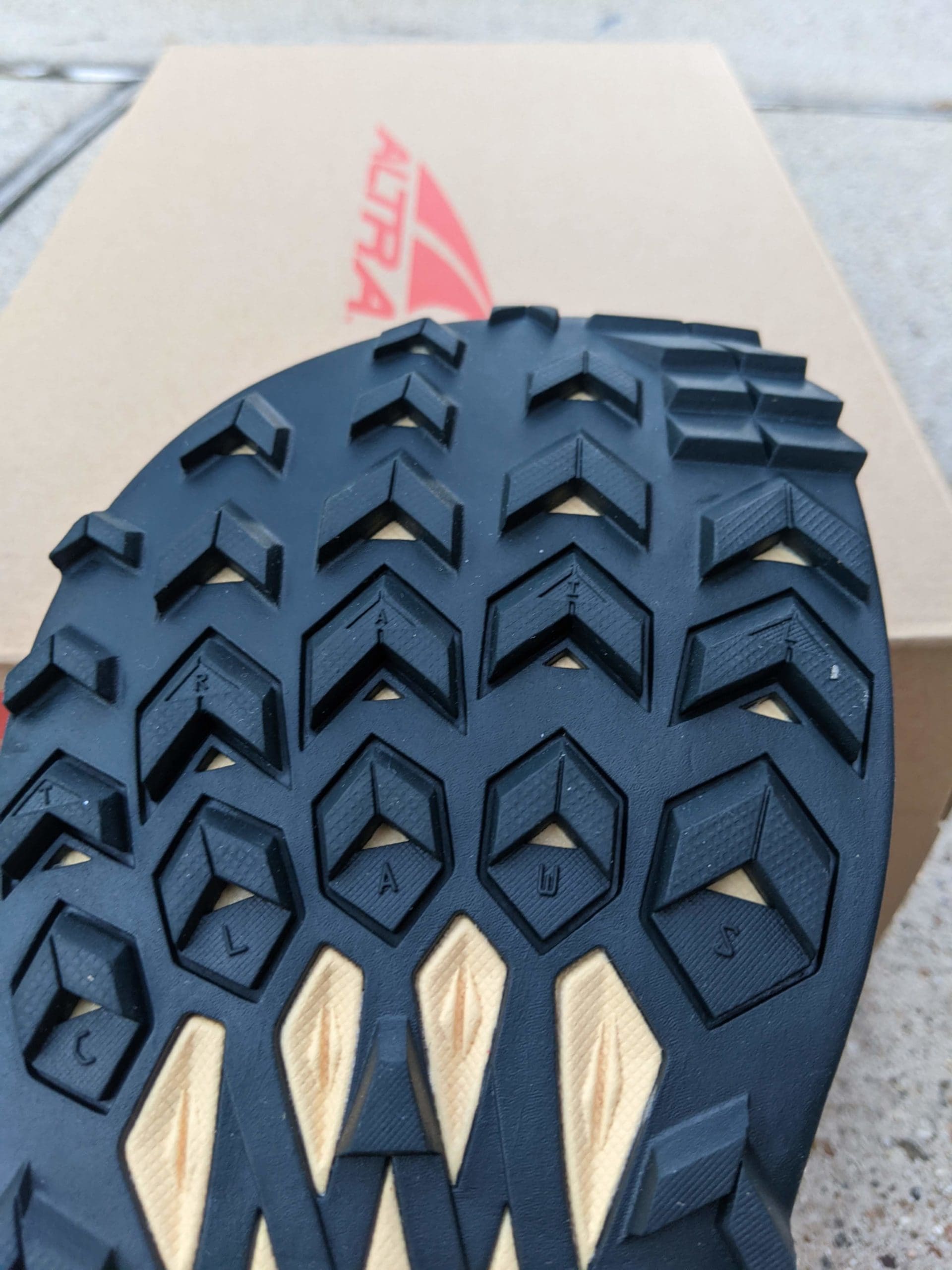
The lugs on the Lone Peaks are a little bit more aggressive with the chevron decision, but in the end, there’s still not much between the two. I wouldn’t take these into the bogs of the UK.
Both shoes will do perfectly for drier, rocky trails, mostly what you find in the American West and dry months in Europe. And, with the newly found grip on the dry rocks, I have much more confidence in Altra’s MaxTrac in the future.
Durability
Again, considering the shared DNA, the durability of the two shoes is likely very similar.
The same rubber.
A similar feeling midsole other than the stack height.
Protective toe boxes and overlays where needed.
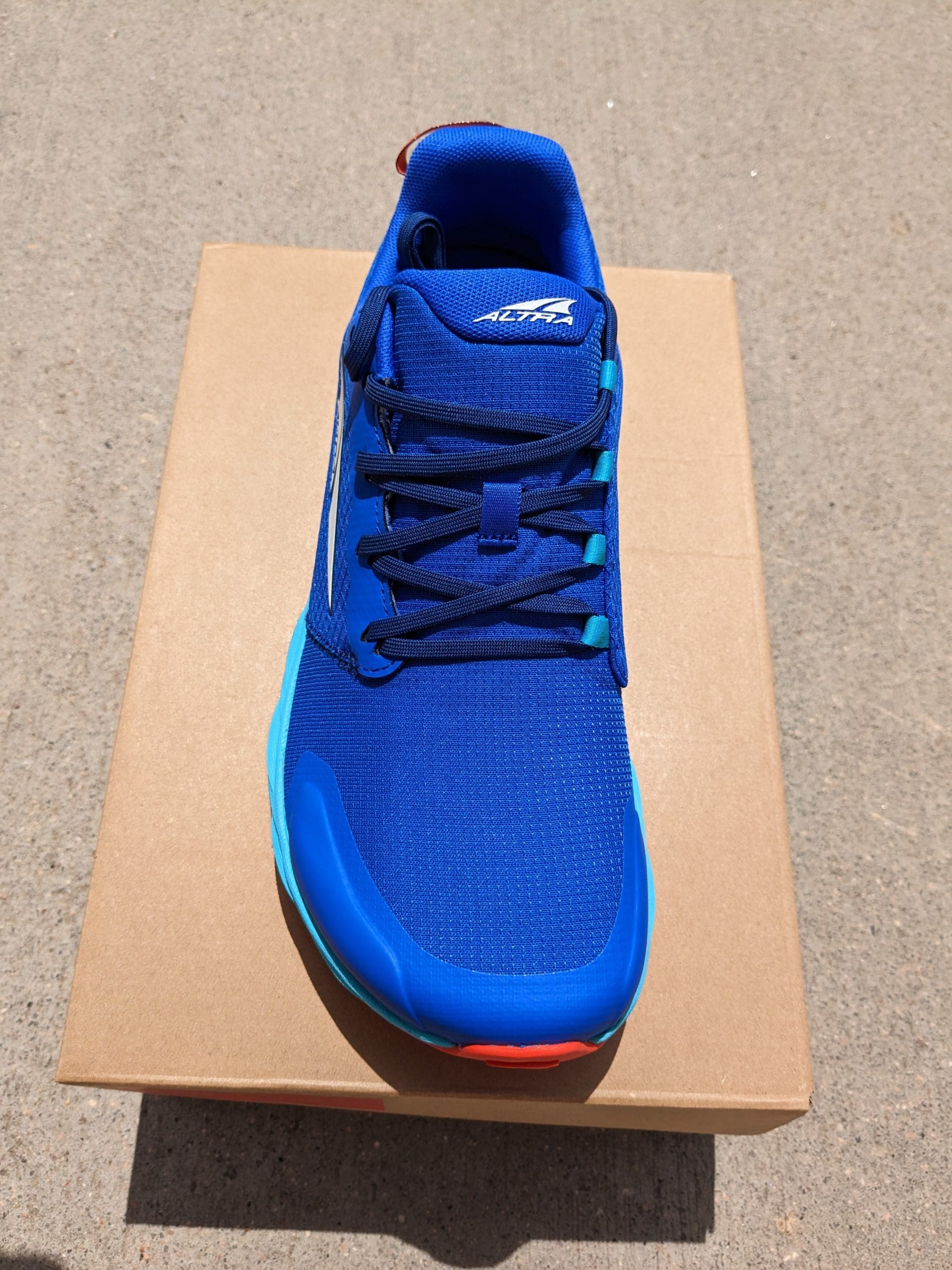
I can’t say that much of either shoe will break down fast.
So if I were to guess, it would be the rubber. You’ll lose the grip first.
And because the same rubber is used on both shoes, I think they’ll have the same lifespan!
The Lone Peak and Superior are Altra models that have stood the test of time and only continued to improve over the years. The fact that fans keep returning to the models shows they’re doing something right.
There’s a simple formula for choosing between the two shoes in order of importance.
- Do you need a super wide, voluminous fit?
- Do you want maximum ground feel?
And that’s it! Everything else is pretty minor!
Most of the other feature differences have narrowed over the years, making your choice a quick either or.
Check out the following full reviews on both shoes, where I detail each feature and dive deep.

Altra Lone Peak 8

Altra Superior 6
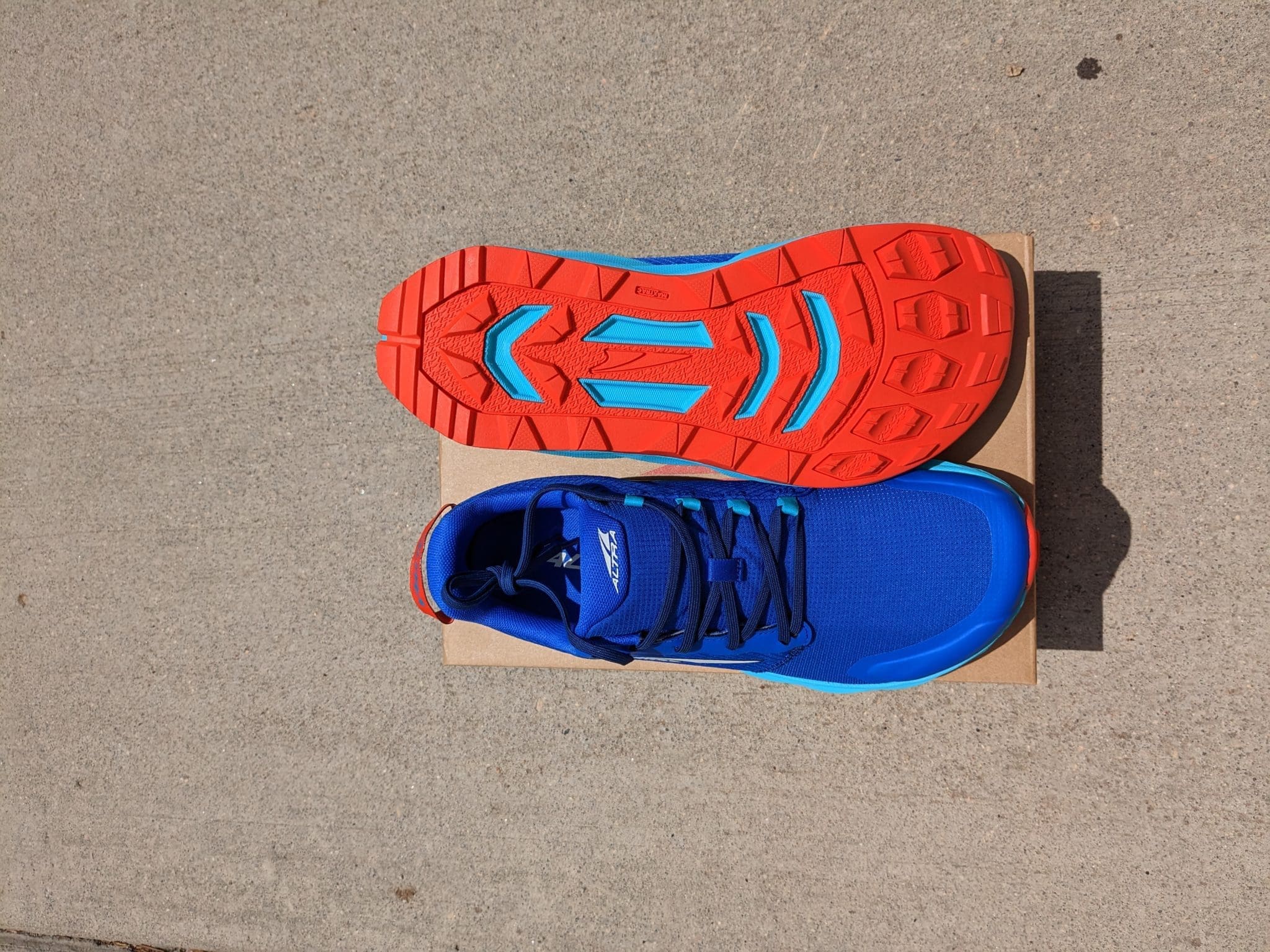


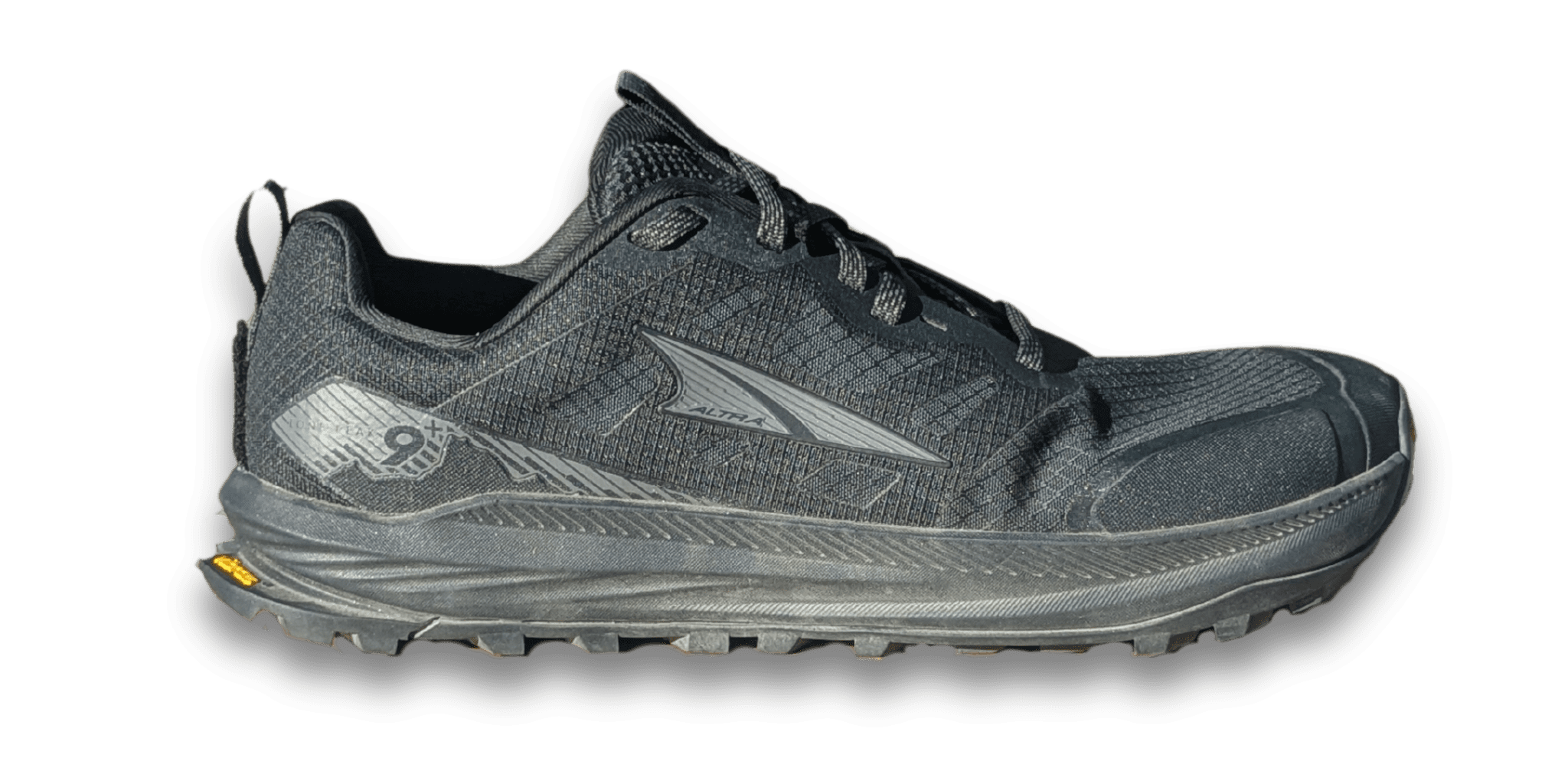



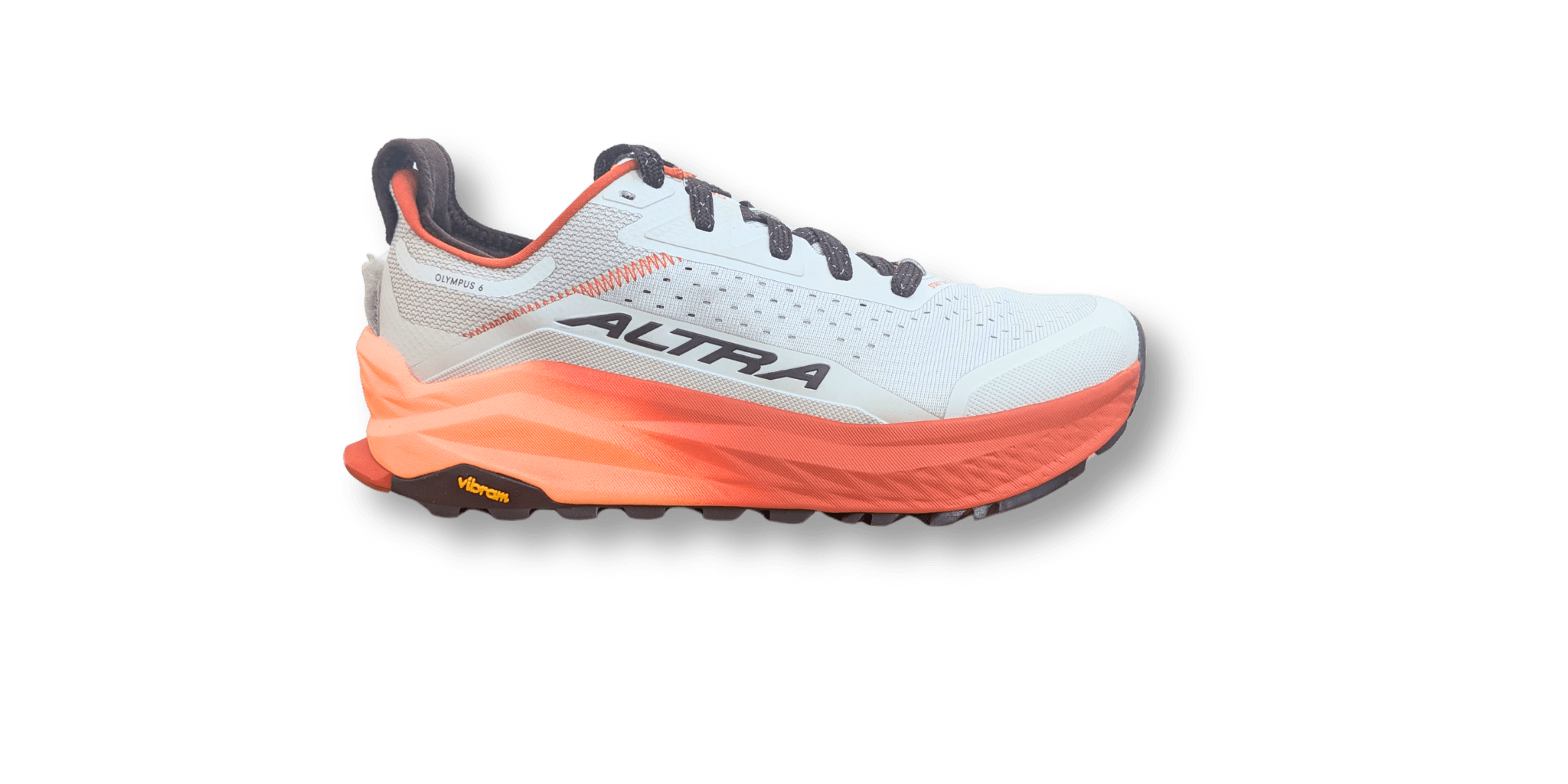
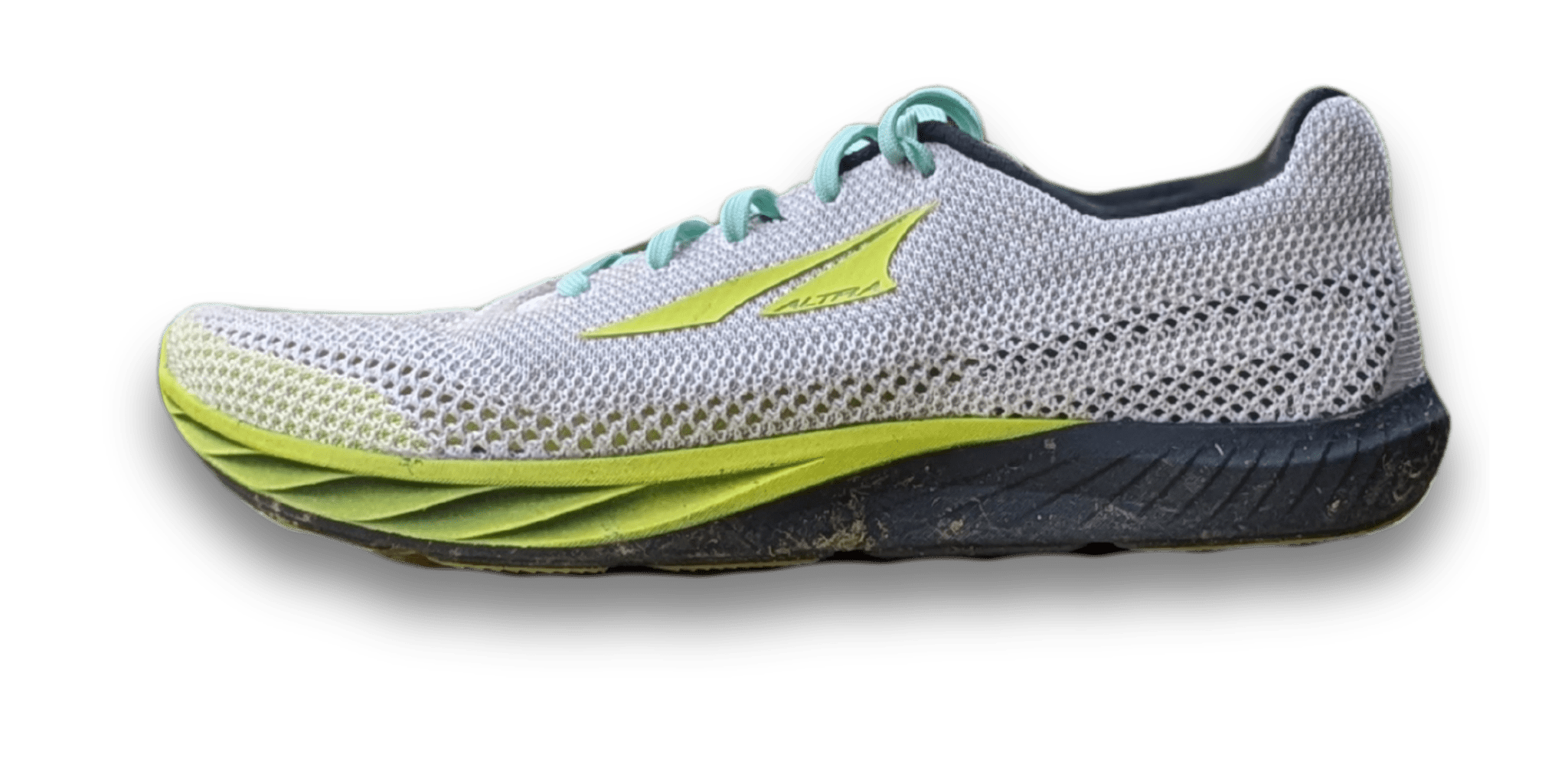
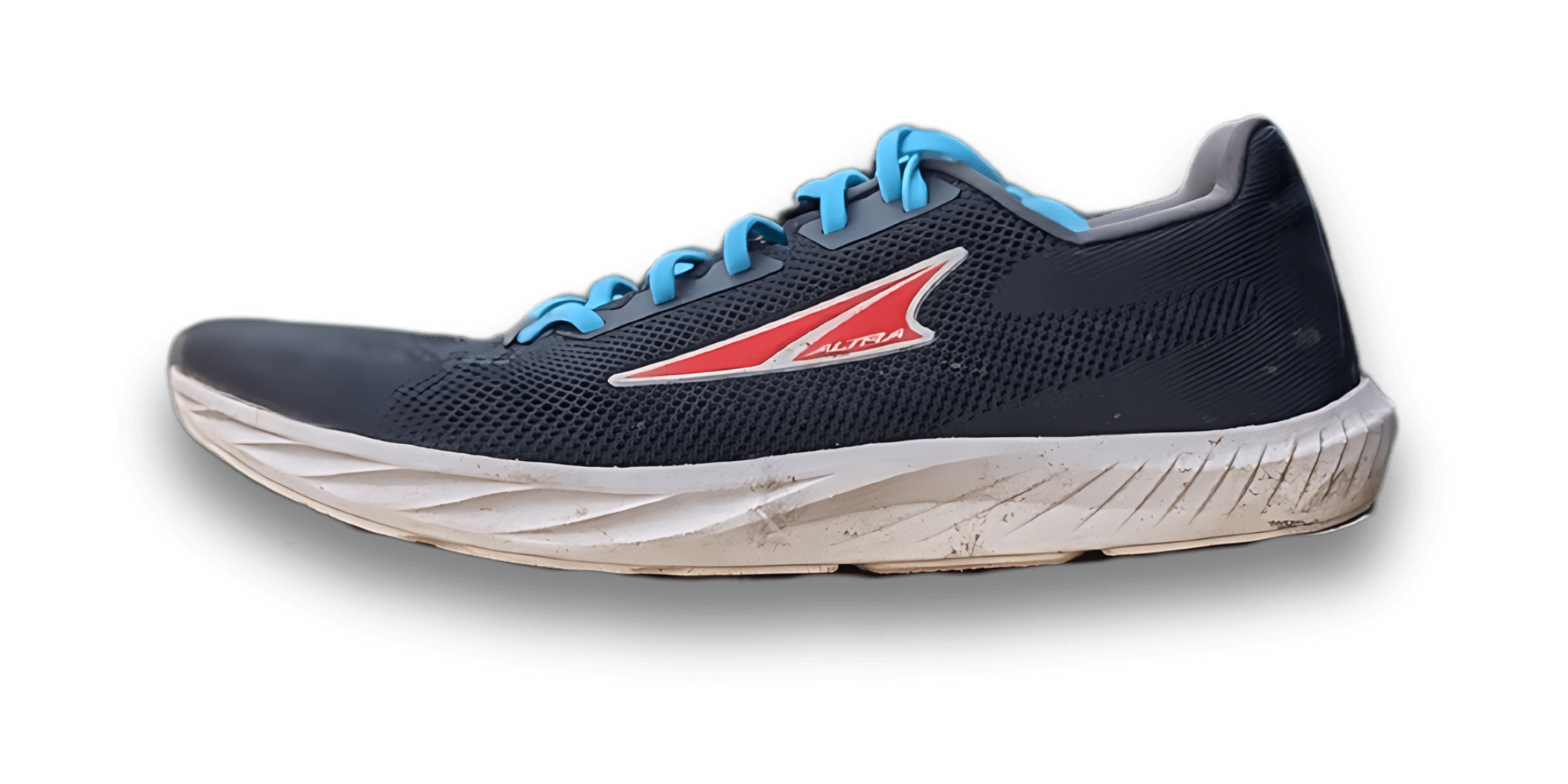
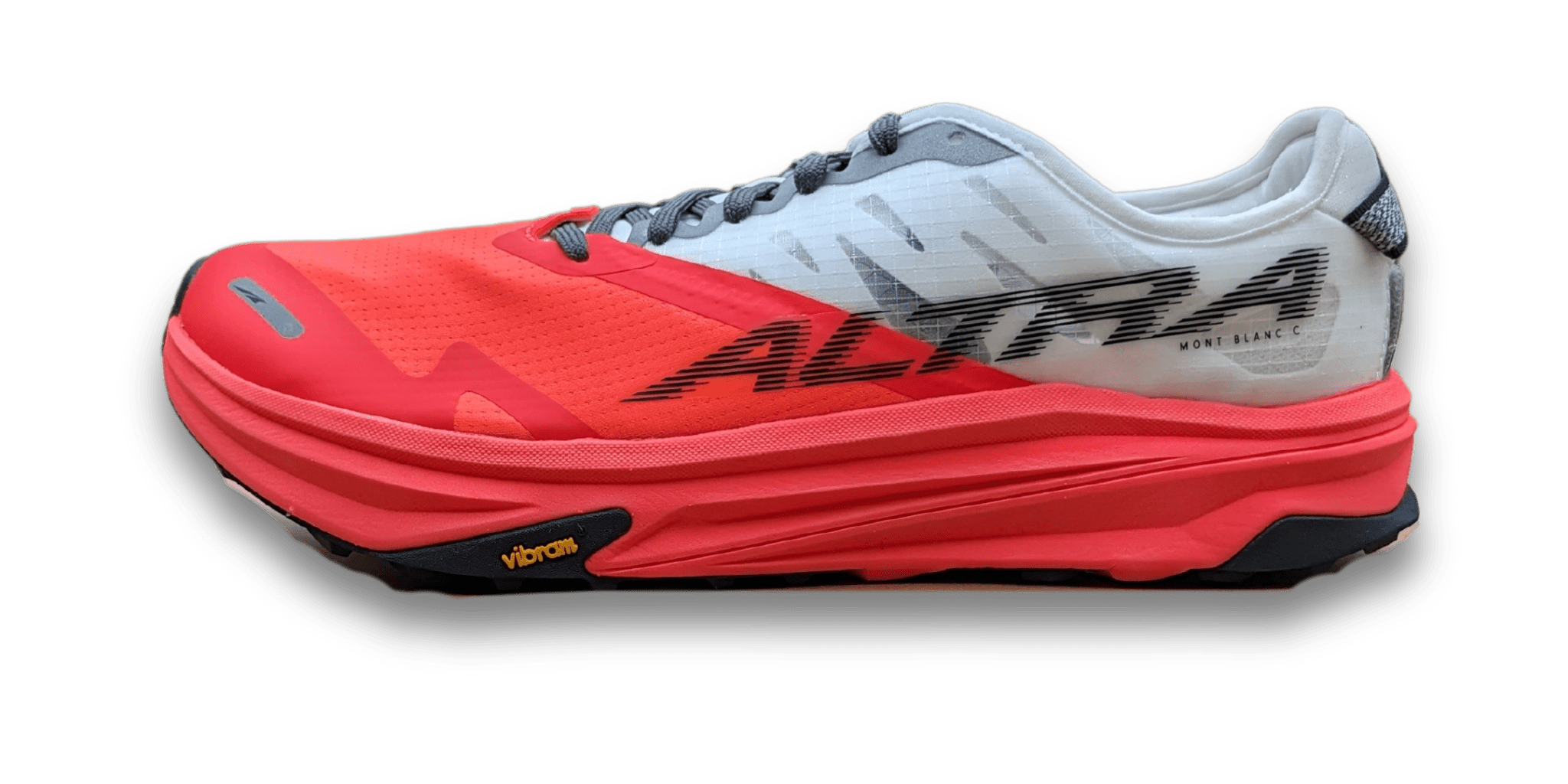

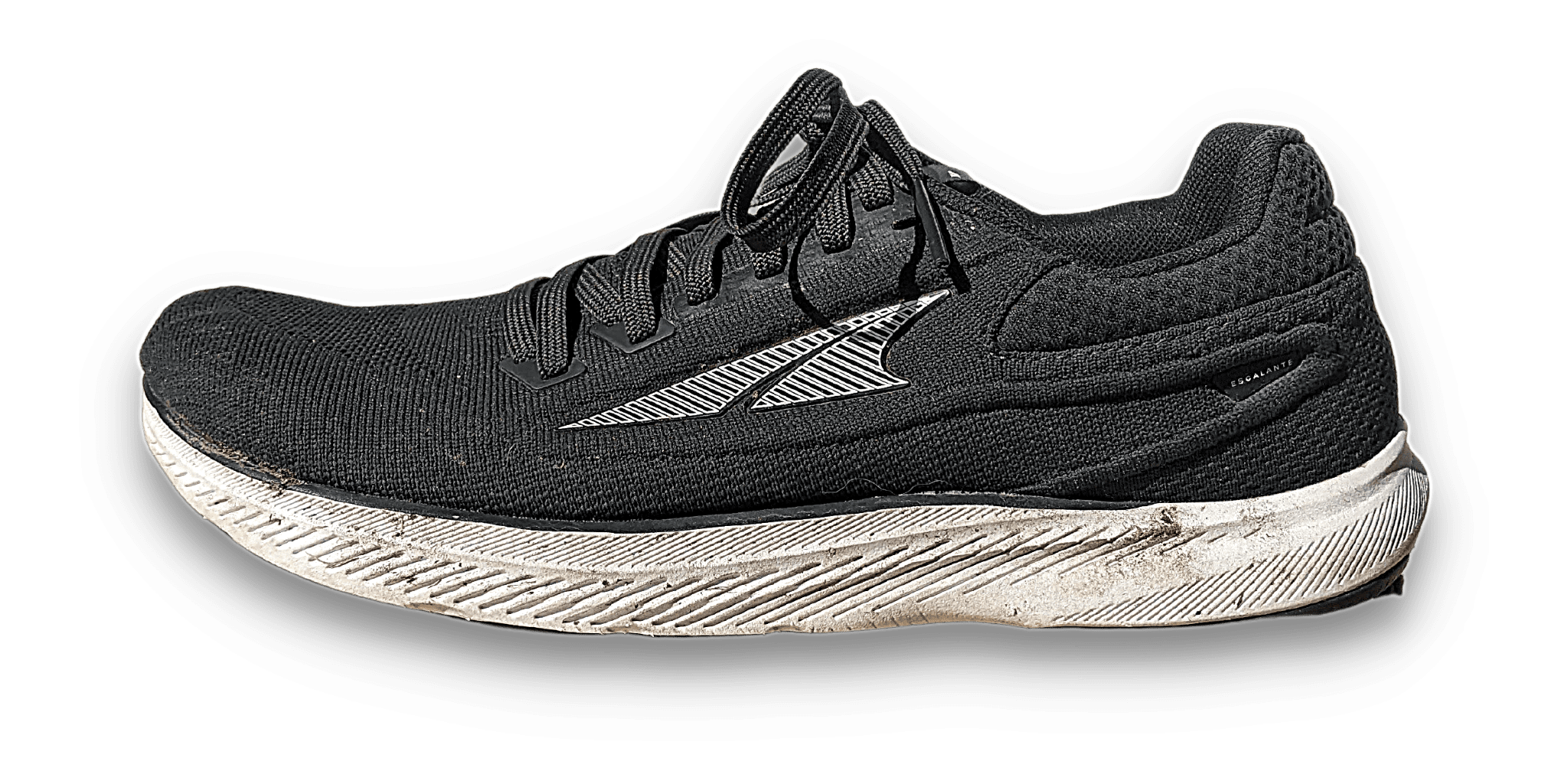

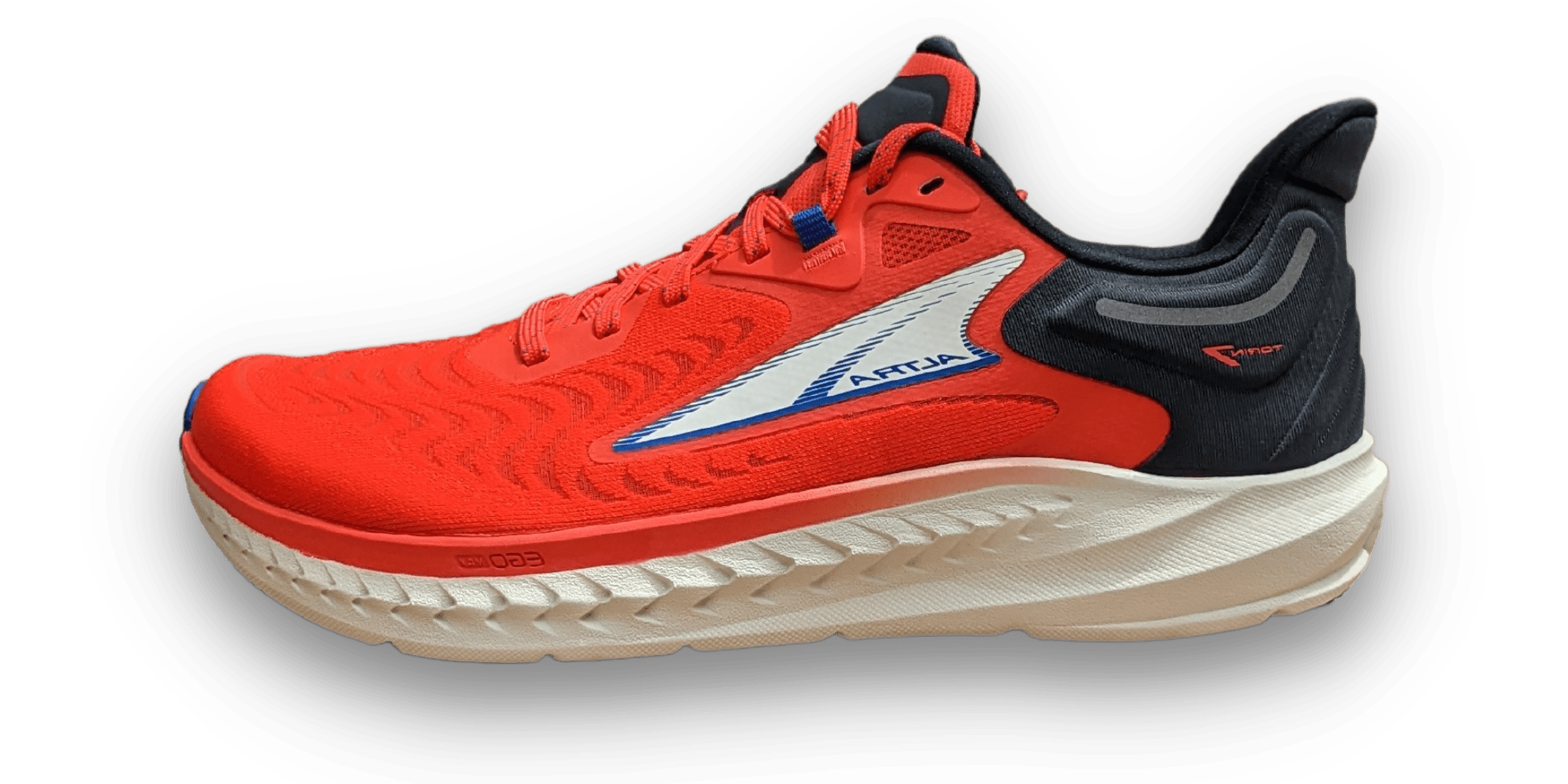



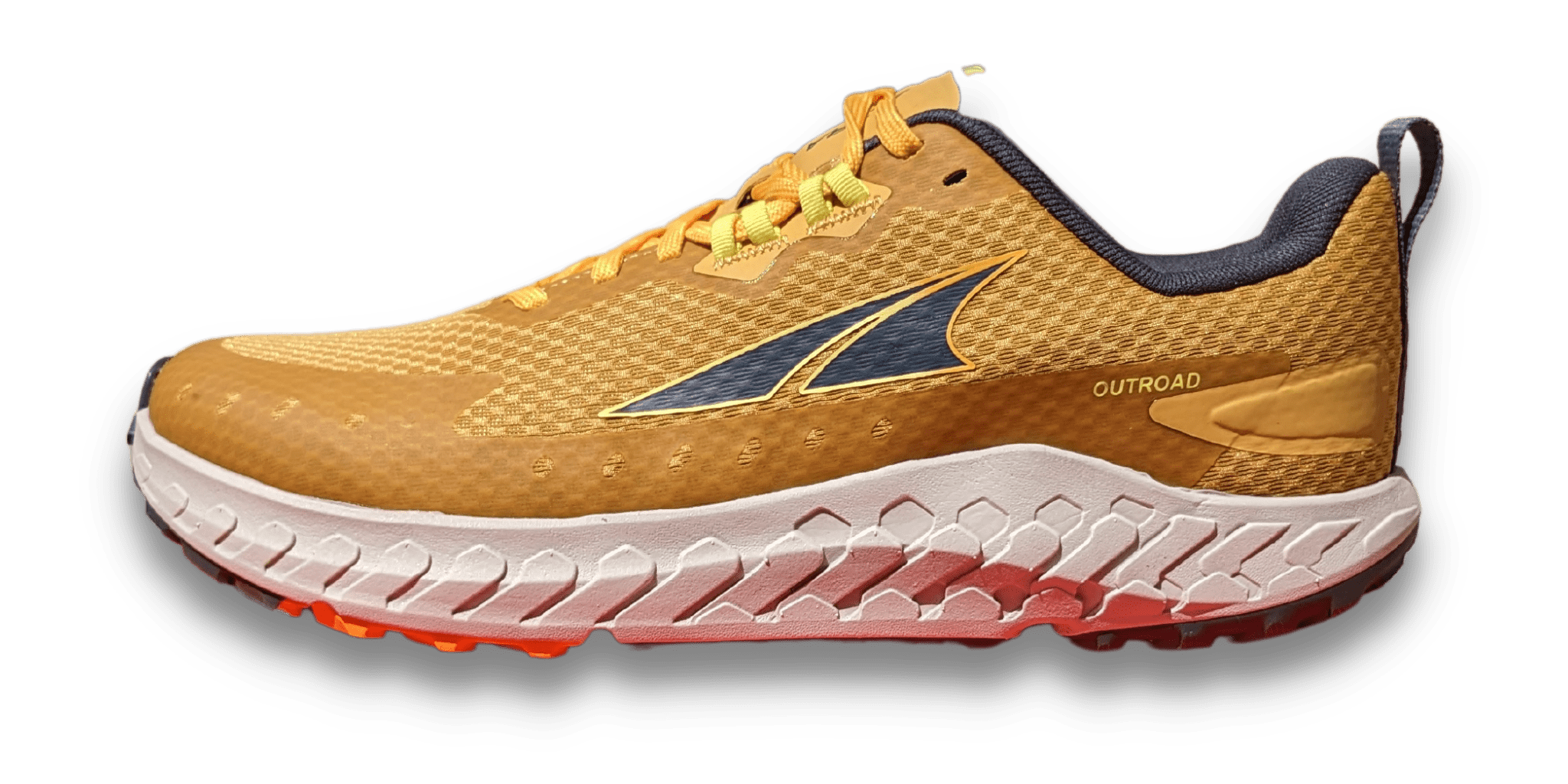

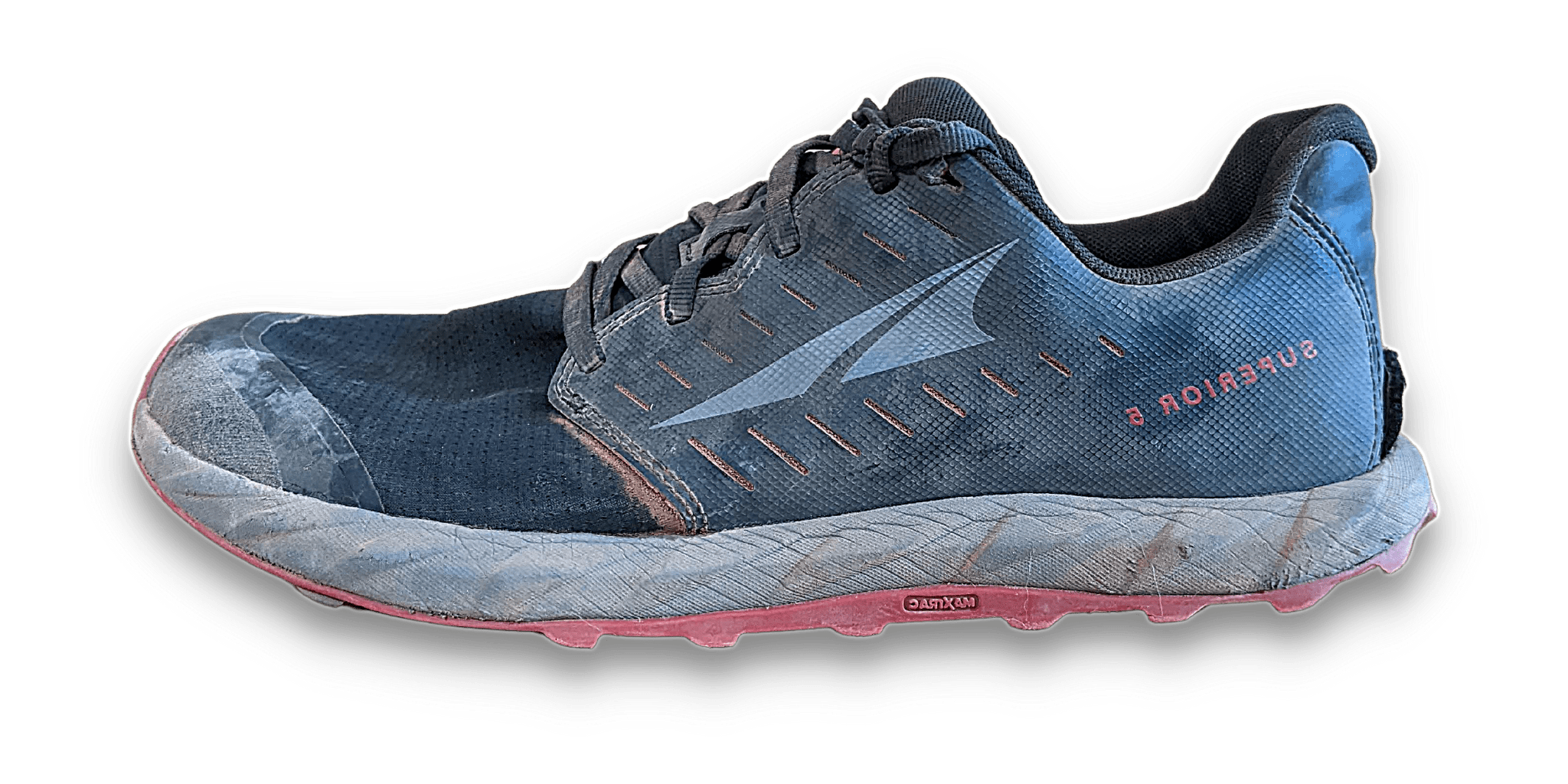
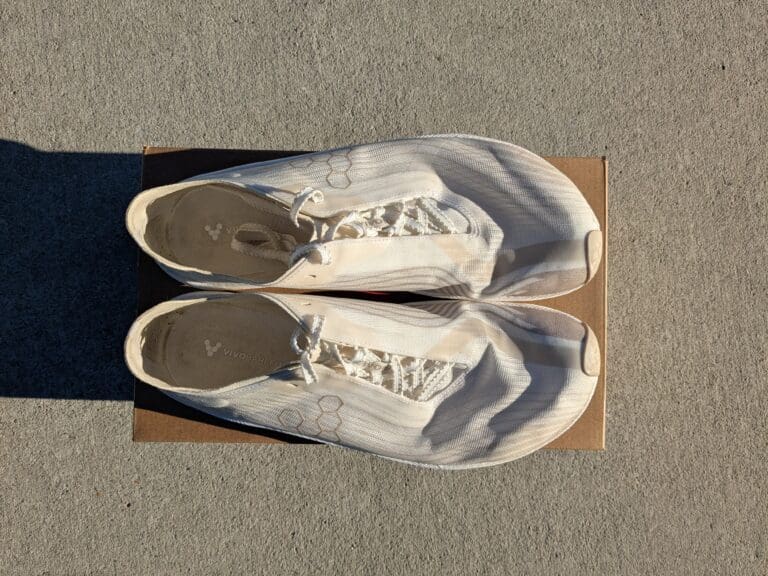
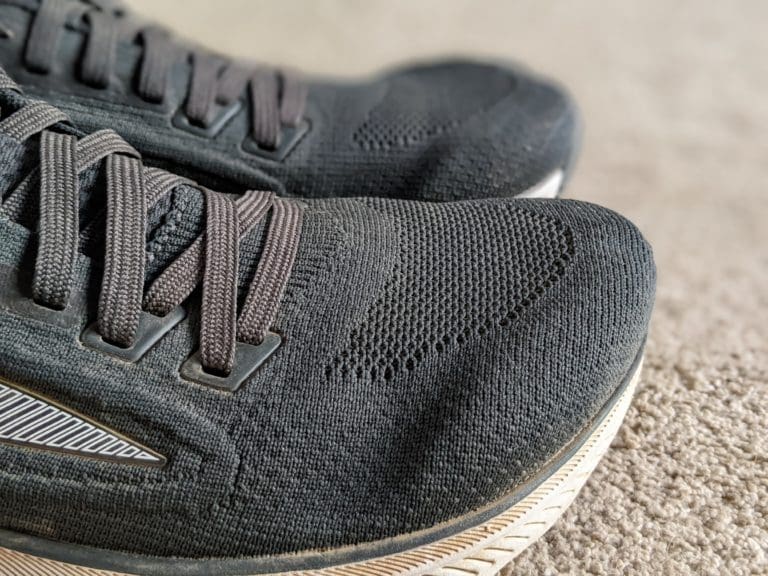
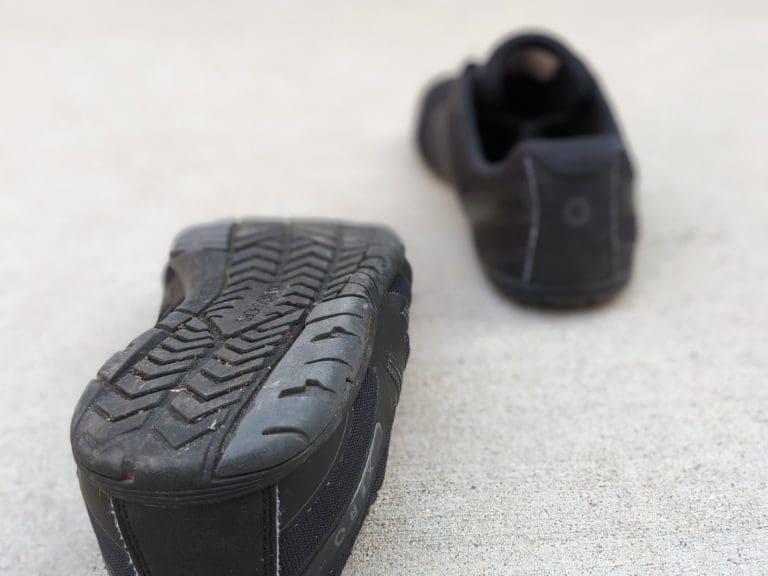
Thanks for the review! I appreciated reading it. I did end up getting the LP7s, and found them to be narrower in the toebox than earlier years’ LPs. I had to return them because the toebox was too narrow for me. The wide was a little better, but still not as wide as the older LPs. I wish Altras would go back to truly wide toeboxes! Any other recommendations for wide toe box hiking/trail running shoes? I may go back to Topo…. Thanks again!
Yeah, it’s tricky, eh! When you say wide, I assume you’re referring to the toe box only and not the midfoot/heel area? Personally, I’ve found the toe boxes to be ok, but the midfoot has reduced over the years. Or I should say, the materials in the midfoot have changed over the years, causing a “tighter” fit.
Which area of the toe box do you find restricting? The big toe, little toe, or the depth?
Also, what is the length like? Do you have a good thumb width beyond your longest toe?
As for any other recommendations, have you ever considered looking at more “barefoot” styles? Yes, they have less cushion, but they often fit wider because they’re built for those working on their foot strength. Xero Shoes are usually the first step in barefoot shoes, but if you need wider in the toe box, and depth isn’t an issue, Vivobarefoot can work well. Plus, some other brands work well on the road.
Anyway, there’s a lot there. So, I’ll wait for your response and dive deeper if necessary!